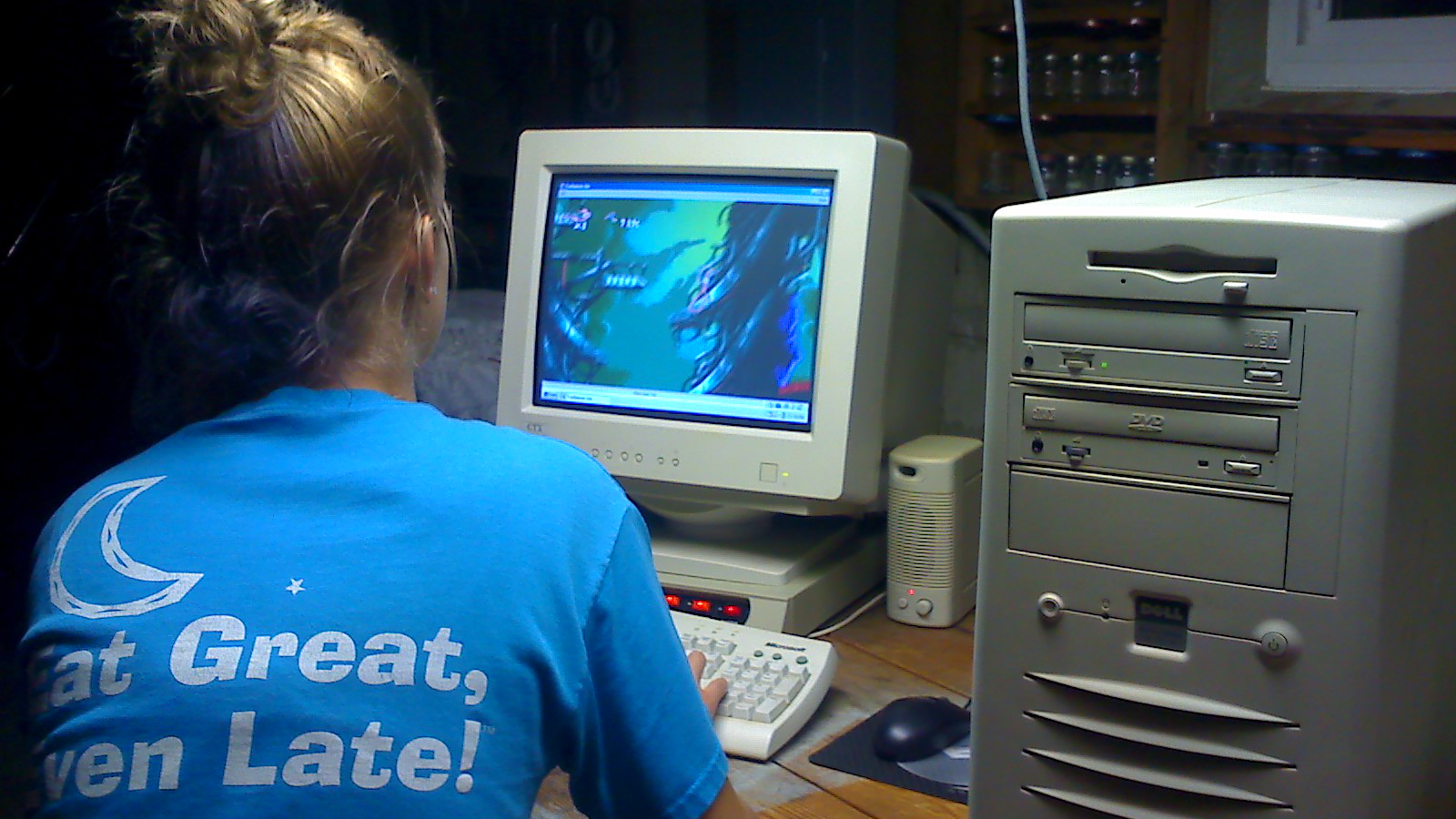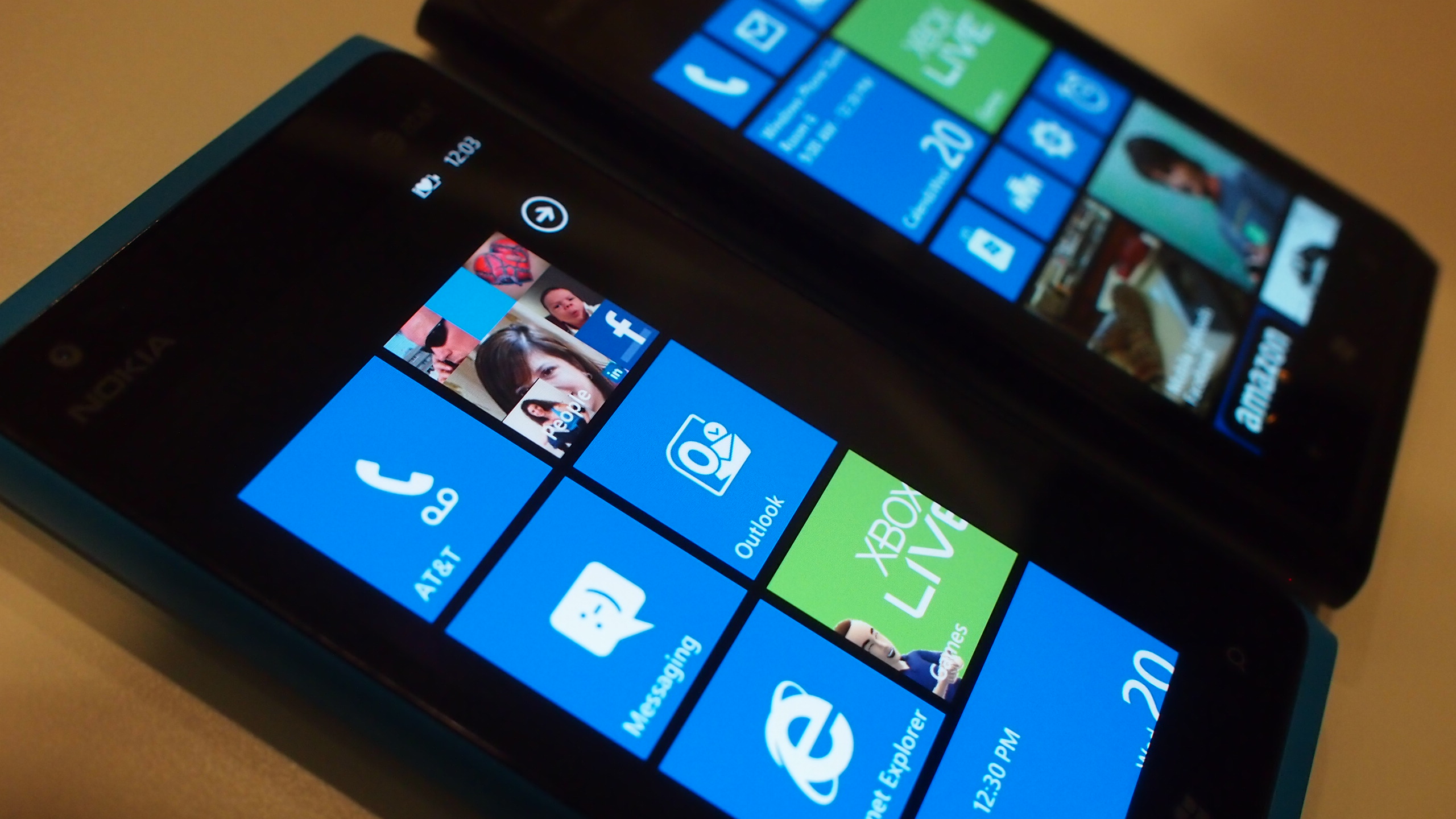Is there life after Windows? How Microsoft needs to innovate to stay relevant
Can Microsoft keep up with the times?

This year is the 20th anniversary of Windows 98, and when that operating system launched, Microsoft was on top of the world. The Windows operating system was on the vast majority of PCs and laptops, for which there was a rapidly growing market. Competing operating systems, such as Linux and Mac OS, were relatively niche products that were only installed on a fraction of PCs, and by 1999 Microsoft was valued at $620 billion.
However, times change – that's especially true in the world of technology, and today’s landscape looks much different. While its Windows operating system continues to be incredibly successful, with Windows 10 now installed on 400 million devices worldwide, Microsoft isn't quite as dominant as it once was.
Apple, Microsoft’s long-time rival, has enjoyed a spectacular renaissance in the past 20 years, with its iMac and MacBook ranges making it a big player once again in the PC market. Meanwhile Apple's groundbreaking mobile devices, the iPhone and iPad, have been far more innovative and successful than Microsoft’s attempts, helping Apple to overtake Microsoft when it comes to brand value.

Linux use has also grown, and while it may not come close to troubling Windows when it comes to desktop dominance, it's slowly chipping away at Microsoft’s lead by offering more feature-rich and professional experiences than ever before, and tempting people who have grown tired of Microsoft’s way of doing things. Linux also plays a big part in the world’s most popular operating system, whose usage has far eclipsed Windows: Android.
The past 20 years have also seen new competitors arise to challenge Microsoft, most notably Google and Amazon, and these companies have proven to be more innovative and nimble when it comes to the changing needs of customers.
So, what does Microsoft need to do to not only regain its place at the top of the tech food chain, but to make sure it continues to be relevant in a rapidly changing landscape? Here we look at the ways in which Microsoft needs to innovate to survive.
Embrace what it is
One of the most frustrating things about Microsoft is that while once it was an innovator and leader, it now seems to look towards its competitors, and try to emulate their successes.
Sign up for breaking news, reviews, opinion, top tech deals, and more.
This is particularly the case when it comes to Apple and Google, as well as Sony and Nintendo. Microsoft’s smartphones aped Apple’s iPhones without understanding what made them a success, while Bing is Microsoft’s answer to Google, but has failed to enjoy the success of the search giant.
Meanwhile, Microsoft chases the home console market that is dominated by Sony, while also trying to appeal to the more casual gamers that Nintendo excels at catering for. The result is the Xbox One, a console of compromises that’s struggling against the competition.
Instead of trying to copy the competition, Microsoft should look at what it excels at: software – specifically operating systems and Office products – and cloud services.

These are by far the biggest revenue generators for Microsoft, but at times it almost feels like it’s ashamed of that fact. Sure, it’s not as glamorous as having an all-conquering smartphone or a games console that everyone wants in their living room, but by focusing on its strengths, and innovating in those areas, Microsoft can ensure it continues to remain relevant.
There are promising signs that Microsoft is learning this. Rumors are swirling about its next-generation Xbox, including hints that Microsoft will release Xbox Scarlett, a console that utilizes Microsoft’s impressive cloud infrastructure, and something that could not only give it a competitive advantage over Sony and Nintendo, but could lead to a genuinely innovative console.

Microsoft’s move to a subscription service for its Office suite with Office 365, and continually updating Windows 10 with new features, shows that the company is capable of thinking outside of the box when it comes to its biggest products. We’d love to see more of Microsoft the leader, and less of Microsoft the follower.
Understand how computing use is changing – and be bold
The way we use our devices, and what we want out of modern computers, has changed drastically over the past 20 years, and these things will continue to evolve into the future. Microsoft must keep ahead of the game, and understand how the changing demands of its customers will need to be met – and it needs to be bold when it comes to innovating with new products.

That means no half-hearted attempts as in the past. With Windows 8, for example, Microsoft saw that users were migrating to smartphones and tablets for their daily computing habits, such as browsing the web and writing emails. However, rather than making an operating system especially for mobile devices, it created an awkward hybrid operating system that was supposed to appeal to traditional desktop users and customers with touch screens, but instead disappointed both.
More recently, Microsoft saw the interest in virtual reality and augmented reality, and introduced the concept of Mixed Reality to Windows 10. However, rather than fully embracing Mixed Reality, and transforming Windows 10 into a truly innovative operating system for a new way of computing, Microsoft took a frustratingly hands-off approach, letting third-party manufacturers such as Asus and Acer build their own headsets.

Meanwhile, Windows 10’s support of Mixed Reality consisted of an easily missed -app that offers Windows 10 features in a confusing VR space. With little support from Microsoft, Mixed Reality already feels forgotten about.
It could have been different if Microsoft had created its own Surface headset that, like its other Surface products, shows what the hardware is capable of, and inspiring manufacturers to come up with innovative competitors. It could have made a version of Windows 10 that makes sense in VR, rather than relegating VR to an app.
Whatever the future brings, Microsoft should be willing to take chances and experiment, putting its stamp on emerging technology and changing tastes. You can’t innovate if your heart’s not in it.
TechRadar's Next Up series is brought to you in association with Honor


Matt is TechRadar's Managing Editor for Core Tech, looking after computing and mobile technology. Having written for a number of publications such as PC Plus, PC Format, T3 and Linux Format, there's no aspect of technology that Matt isn't passionate about, especially computing and PC gaming. He’s personally reviewed and used most of the laptops in our best laptops guide - and since joining TechRadar in 2014, he's reviewed over 250 laptops and computing accessories personally.